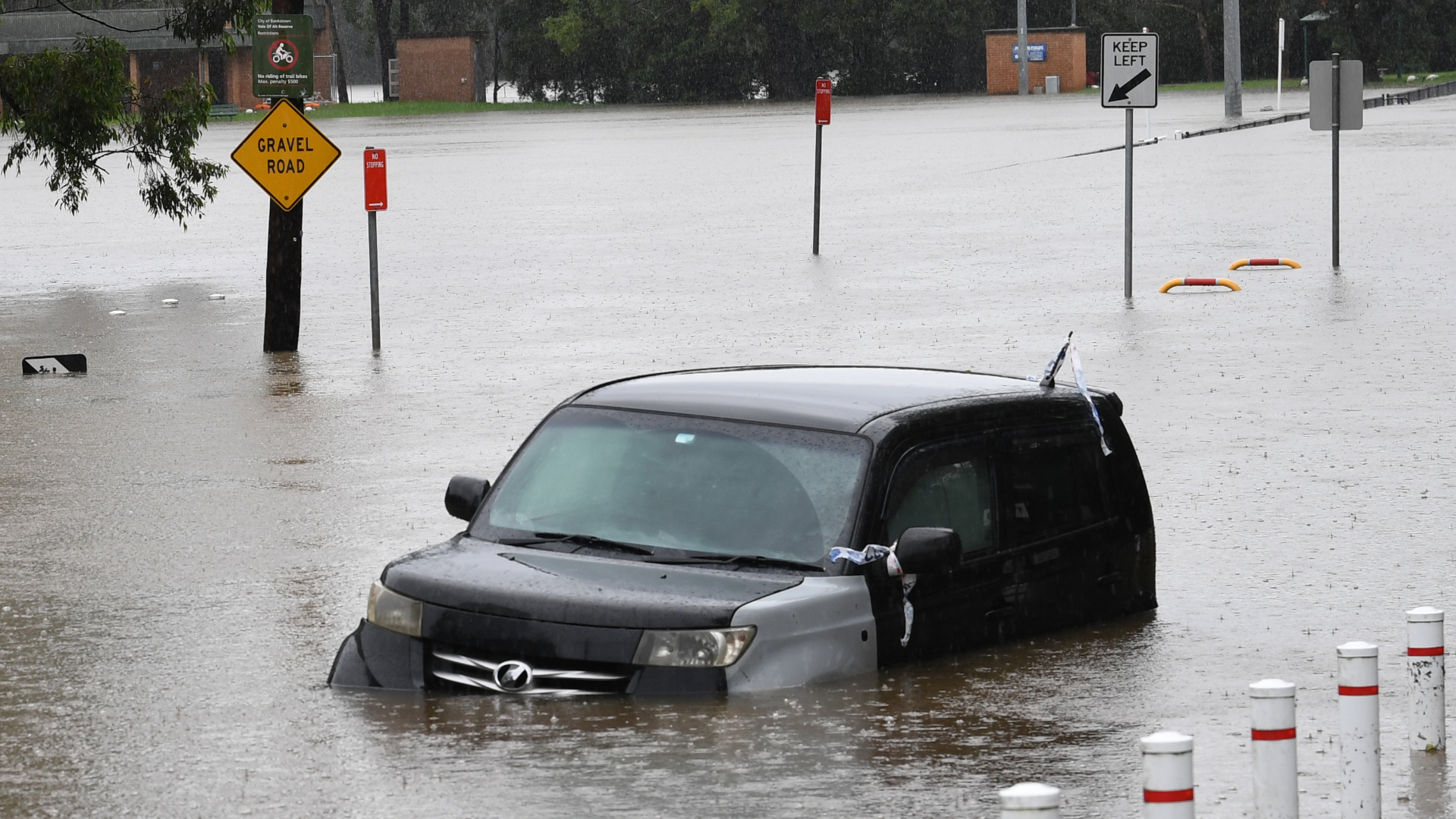

Australian crash test ratings will now consider a vehicle’s safety when submerged in water, as reported by CarExpert.
The Australian New Car Assessment Program, or ANCAP, is the country’s independent crash test body. It assigns star ratings to new vehicles to help customers understand the relative level of safety in new cars on sale.
For 2023, ANCAP will add tests for submerged vehicles. For a period of 10 minutes underwater, manufacturers will need to show that electric windows still operate to allow occupants to escape. The doors must also be openable without battery power available.
If the windows don’t work underwater, the automaker can instead provide an alternative method to open or break the window. Instructions on the method of escape must be outlined in the vehicle’s manual.

The change was made against a backdrop of severe flooding in the eastern states of Australia. Parts of New South Wales saw 36.7 inches of rain in just four days. For context, famously-rainy Seattle receives roughly 37 inches in a year. Repeated major flooding events have lashed the region since the start of 2022, frustrating attempts by locals to recover and rebuild.
Escaping a vehicle underwater is no mean feat, particularly when panic takes hold. Water pressure conspires to hold doors shut, and functions like electric windows and locks can quickly fail to function. Whether for drivers trapped in floodwaters or those that crash into rivers, lakes, and streams, improving the chances of escape can only be a good thing.
Other changes for the 2023 testing regime include a bigger focus on child detection systems. These remind the driver not to leave children locked in the car when their presence is detected in the back seat.
Automatic emergency braking (AEB) systems will also be a focus. New tests will determine how these systems function around motorcycles, which are harder to detect than cars or other larger vehicles. From 2023, all new models on sale in Australia must come with AEB, expanding to all existing models on sale by 2025.
Most of us will never need to escape from a car underwater, and one should never drive into floodwaters as a general rule. However, crash testing authorities have already spent plenty of time focusing on kinetic safety. It only makes sense to look at other ways to make our cars safer and more survivable places.
Got a tip? Let the author know: lewin@thedrive.com